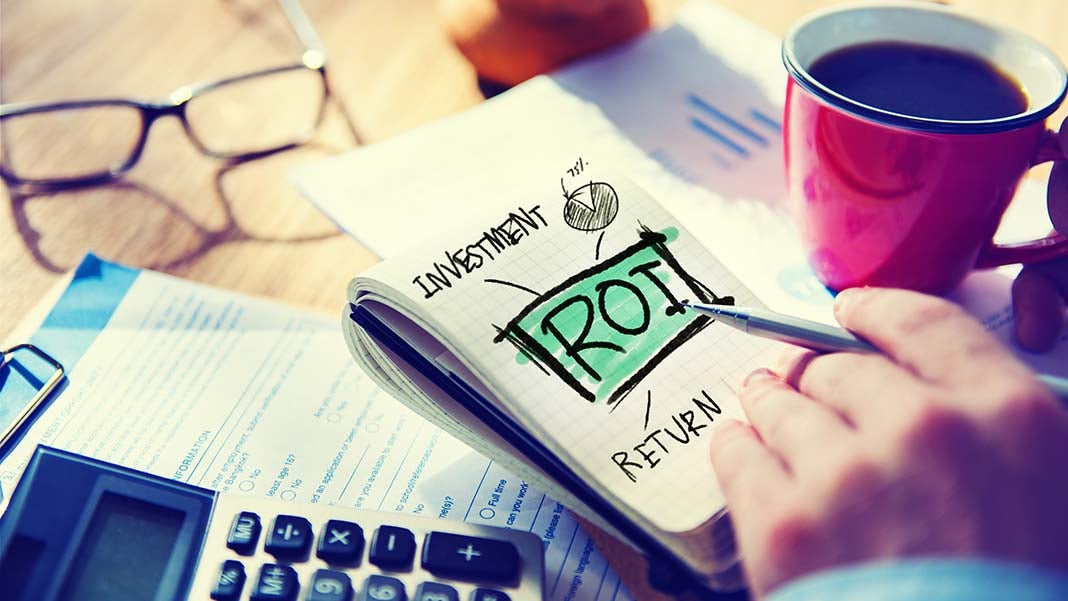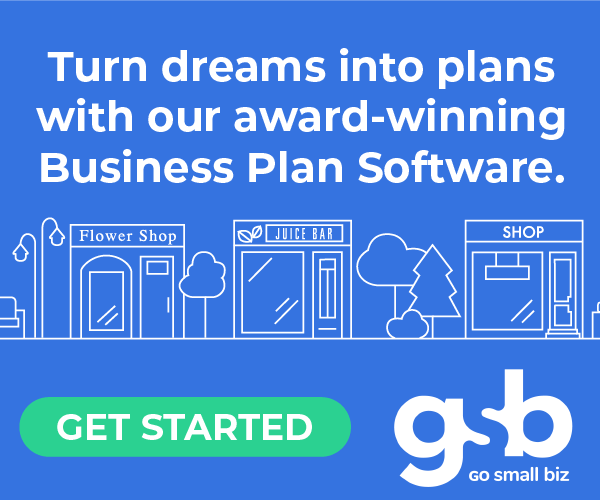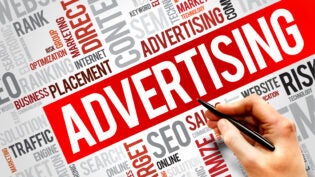Dude Where’s My ROI?

So, you are a startup or an up-and-coming brand that has been having a lot of success doing user acquisition on Facebook. You’ve been doing everything right, balancing out your Facebook spend with Google Display, being smart about retargeting, even taking your vitamins.
And then, suddenly, in the past few months, your customer acquisition cost just hit a wall—or actually actively started getting worse. What happened? A couple of things:
- Total spend on Facebook went up as it made it much easier for advertisers to buy
- At the same time, your audience moved—not literally, of course, but its attention did. It still logs on Facebook every day, searches on Google, reads its email. But its attention has moved on to places with much higher engagement. And with that attention—so have the newest ad formats that successfully leverage that engagement.
- And now you suddenly see higher demand for an increasingly diluted attention base—hence, higher prices with ROI still getting worse.
What Can You Do?
If you have a million bucks, you can try going back to TV…
Related Article: Is Social Advertising Subverting Social Media Marketing?
But if you are on a smaller budget, check out these four channels that account for a fast growing share of users’ attention and have been aggressively rolling out new advertising opportunities over the past year.
- Ad Type: Sponsored pins—CPC-based negative ads; just recently rolled CPE ads that allow you to target popular pins.
- Reach: 45M
- Why It Works: Very high engagement. Pinterest is the fashion magazine for 2015. In addition to high engagement, since users are frequently in a “planning” mode, there’s really strong intent, which leads to more immediate purchases.
- Effort Involved: Only recently opened up to smaller advertisers, and still on select basis—sign up for the waitlist soon!
- Audience: 70% female
- Best Platform to Reach: Fashion, clothing, home décor, beauty—with other visual topics growing fast.
- Ad Type: Display and text ad units similar to Google’s
- Why It Works: Deep targeting options (Company, Job, Group) are great for reaching decision makers.
- Reach: 187M
- Effort Involved: Automatically available if you have a business page set up. Easy-to-use self-service mechanism.
- Audience: Indexes highest for older/male/college educated/higher income audiences.
- Best Platform For: B2B, especially content marketing
Amazon
- Ad Type: Anything from traditional advertising units to units that are specific to the Amazon experience.
- Why It Works: Amazon has amazing amounts of data on its users, which makes its contextual ads incredibly powerful.
- Reach: 250M active users (have made at least one purchase in the past year)
- Effort Involved: Setup is easy, but the most powerful ad tools are available with Vendor Central, which is invite-only based on product’s sales performance.
- Audience: Anyone with a credit card.
- Best Platform For: Physical consumer products
Polyvore
By far the smallest of all major social networks, but also the one with highest effectiveness and order sizes for the topics it covers.
- Ad Type: Promoted Products—CPC-based native ads
- Why It Works: Polyvore combines the high engagement of a visual social network with deep data based on all the interactions, resulting in 6:1 return on ad spend (compared to 2:1 on other social networks).
- Reach: 20M
- Effort Involved: Reasonably simple, but strong presence in addition to ads is preferable.
- Audience: Women, fashion and beauty enthusiasts
- Best Platform to Reach: Beauty, fashion, home décor.
What Should I Think About Next?
As the rate of innovation in mobile and online experiences keeps getting faster and faster, we can only expect that the best results will be found with new ad formats that do the best job of keeping up with audience engagement. We can already see the seeds of the next generation of ad units with:
- Buy buttons on all leading platforms—Google, Pinterest, Twitter, Facebook
- Multi-ad “carousel” ad units
- Instagram ads—will follow the Pinterest scenario where only big brands get to test this out today, but within a year SMBs should have access as well
- Ads in messaging apps—given the astronomic growth in usage, this is the area with huge long-term potential but plenty of uncertainty about the formats.












